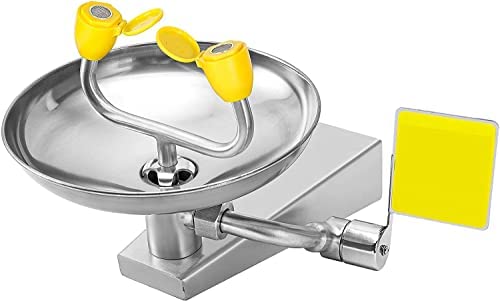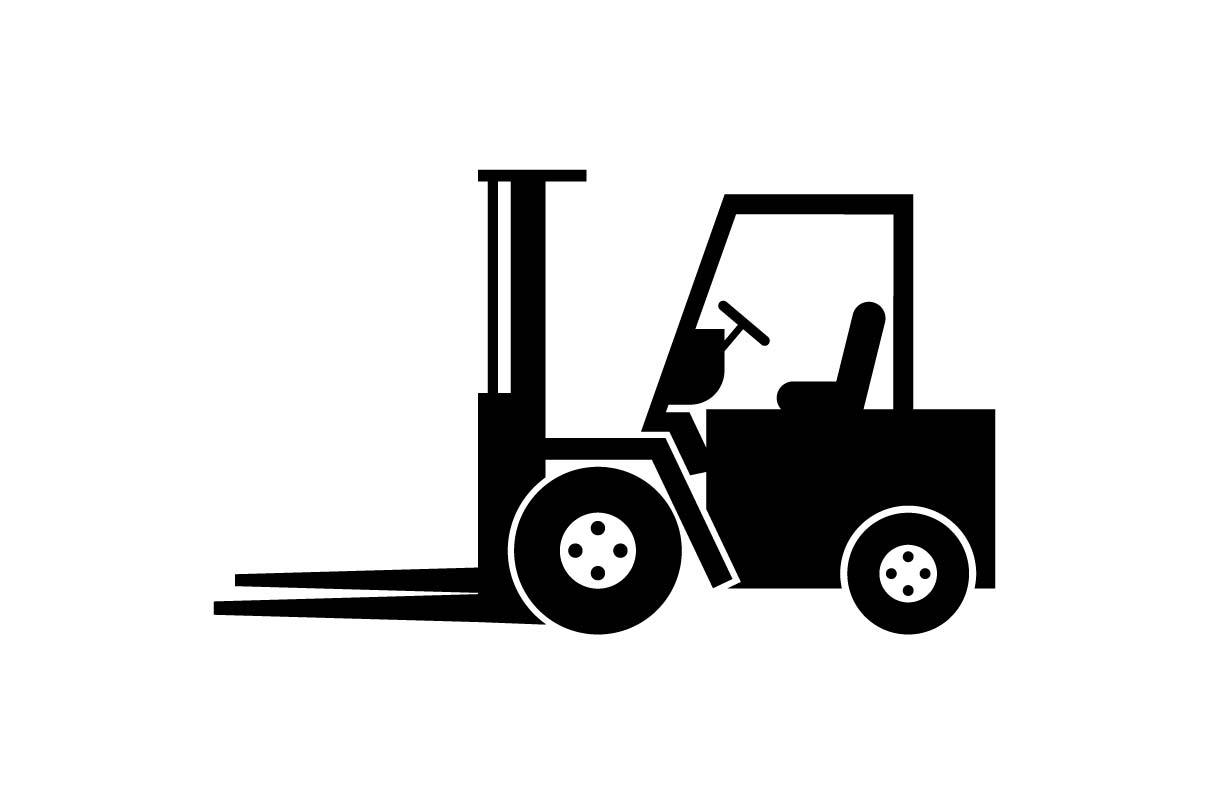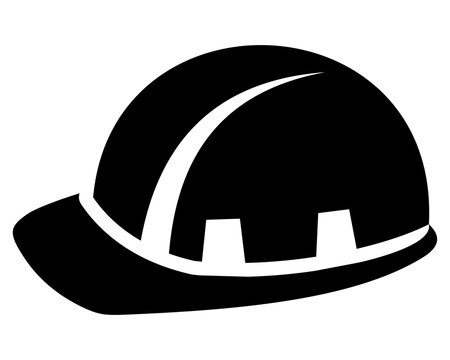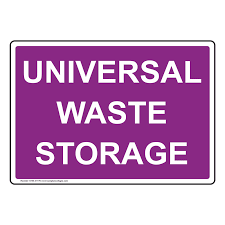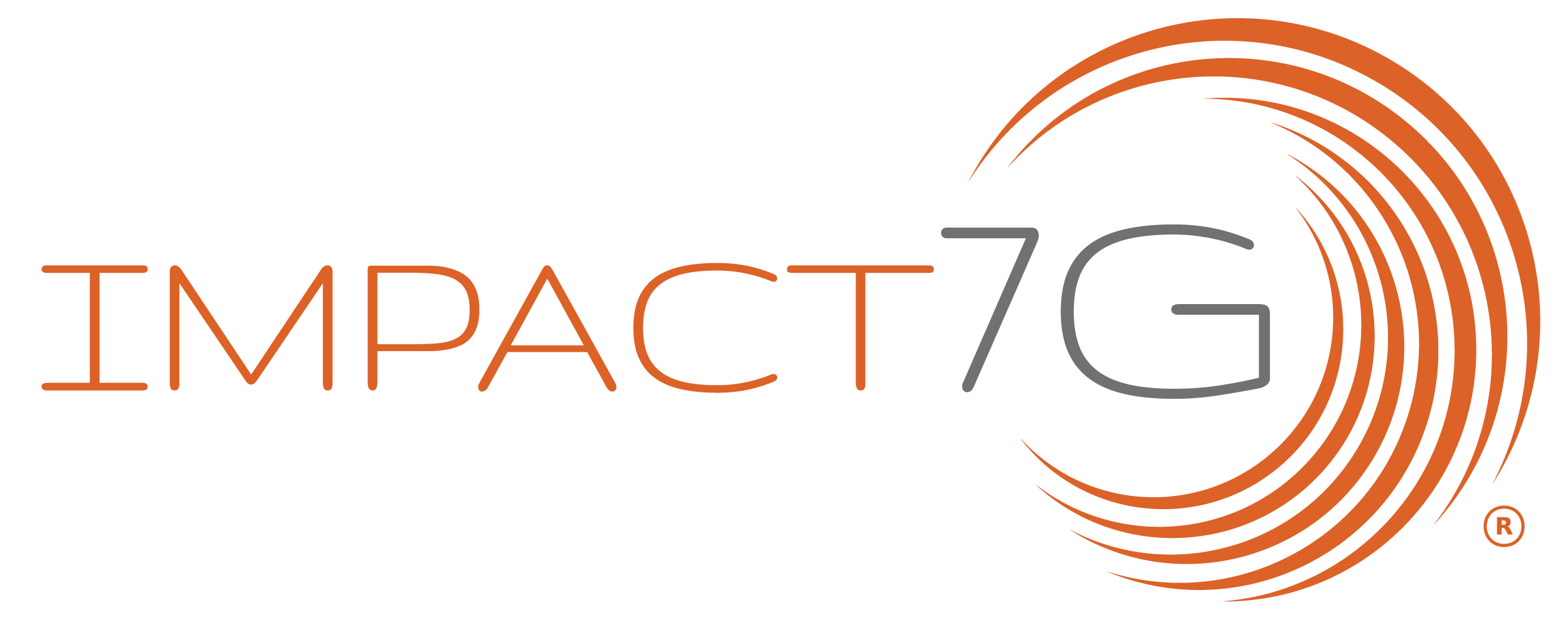Title Page
-
Site Name
-
Inspection Date/Time
-
Inspector Name
-
Location of Eyewash Station
-
Eyewash Station ID Number
OBSTRUCTIONS
-
Is the eyewash station accessible within 10 seconds, or roughly 55 feet?
-
Are there any pallets, ladders, buckets, boxes, material, or any other potential hazards obstructing the path to the eyewash station?
-
Is the eyewash at the same level as the hazard? (Is there a step up to access the eyewash equipment)
LIGHTING AND SIGNAGE
-
Is the area well lit?
-
Are light bulbs and light fixtures in working condition?
-
Is the eyewash safety sign highly visible?
EXTERNAL CONDITION OF EYEWASH STATION
-
Are dust caps and/or dust covers in place?
-
Is water leaking or moisture present?
-
Is there damage or cracks to the unit?
-
Is there any dirt or debris present?
-
Is the pull rod, push flag, or other parts of the unit in a functional and usable state?
WORKING CONDITION OF EYEWASH STATION
-
Can eyewash station deliver a constant flow for 15 minutes, hands-free, to both eyes?
-
Can eyewash station be activated in 1 second or less with foot or one-handed control?
-
Does the flow of the eyewash station remove the eyepiece covers?
WORKING CONDITION OF EYEWASH STATION: PORTABLE STATION
-
Is the fluid at the proper fill line?
-
When was the last time the station has been completely drained, rinsed, and replaced with new solution?
-
Does the eyewash station have the proper fluid? (a bacteria preventative to help keep the water fresh)
-
Is the height of fluid flow pattern between 33-53 inches from the surface the user stands on?
-
Is the eyewash station at least 0.6 inches from the wall?
WORKING CONDITION OF EYEWASH STATION: PLUMBED STATION
-
Does the water appear to be dirty or cloudy?
-
Is water temperature "tepid" (60-100 degrees F)?
-
Is the water pressure and flow constant? (not erratic)
QUALITY CONTROL
-
Has the check card been initialed and dated?
